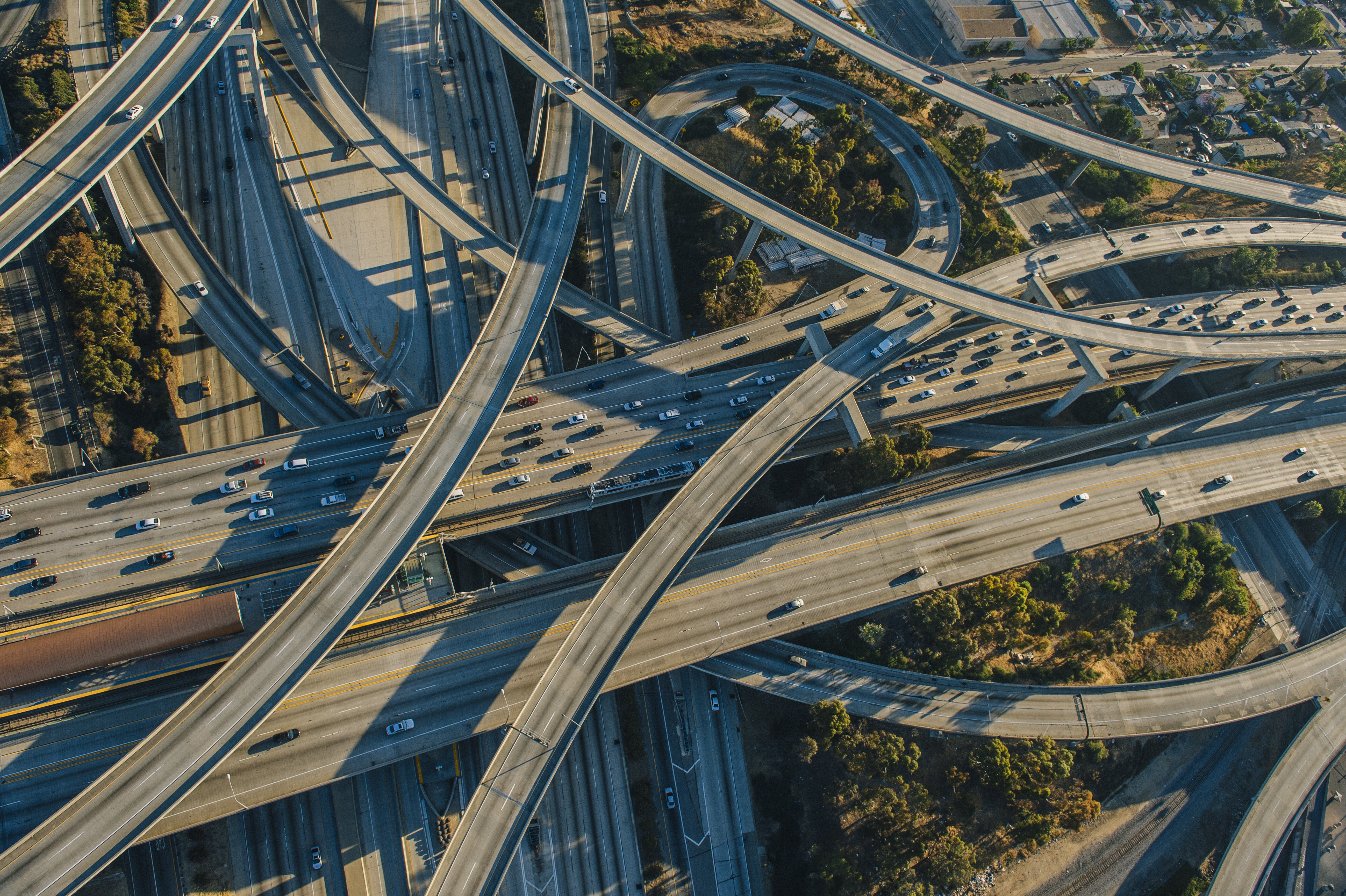
Changing Bad Driving Behaviors One Day at a Time

Sam Morrissey explores the "futility of road rage" and other bad impulses in his analysis of less-than-ideal driving behaviors.
Last month I read an article about behavior change. I’ll admit it caught my eye because the photo in the header showed a bike lane. “Great”, I thought, “an article about changing behaviors in transportation!” The article dug deep into the research of behavior change, starting with psychologist B. F. Skinner’s research from the 1930s (the Skinner Box). The article summarizes Skinner’s research as follows:
“What we learned from these experiments was also very simple. Organisms take action based on the expected reward of that action.”
So that got me thinking about something I’ve written about before – how bad behaviors of drivers compound upon themselves and how even the smallest “bad” behaviors can lead to more dangerous behaviors that are driving up traffic fatality rates across the US. And I thought about it from my own personal perspective because, like it or not, I can exhibit some of those bad behaviors when I drive a car, too.
A few weeks ago I actually had to drive around the greater Los Angeles region. Me, myself, the guy who wrote about how much he loves taking buses and trains around southern California, stepped inside an internal-combustion, engine-powered SUV all by myself, becoming just another SOV in the sea of vehicles on our congested streets and highways. And you know what? Within a few short minutes of driving through soul-crushing traffic, I became an SOB.
The mind-numbing stop-and-go congestion, just to travel a few short blocks on streets clogged with other SOV/Bs, really started to irritate me. So when the car in front of me didn’t go through the intersection when the light was changing from green to yellow, and then remained stopped when the light went from yellow to red, I have to admit I screamed (internally, of course).
The futility of road rage
Back in the old days when I drove a lot more, this kind of behavior was fairly common of me. But this time it was different. This time I immediately realized the futility of my response. Why was I so concerned with moving one car length ahead? Because I wanted to go a little faster. So I paid attention to myself the whole rest of the (very long) drive from Pasadena to Beverly Hills. I noticed when I had a clear road on smaller residential streets, how I’d accelerate my car more likely faster than the posted speed limit.
It was a constant battle for me to fight the bad behaviors of speeding and related aggressive driving. So when I read the article I mentioned above, I thought I’d dig deeper into how I might change this behavior, and how other might too.
The article links to a document called a decisional balance sheet, which I decided to complete for myself. The chart below is discussed in the article as well as provided in the decisional balance sheet, and it provides a framework for evaluating the costs and benefits of changing a behavior.
In the chart below, I completed it in order to evaluate the costs and benefits of changing the behavior of exceeding the speed limit.

After I completed the chart above and looked at it, it is very clear that the small instances of speeding aren’t really worth it, and likely cost me more than any benefit I gain is worth. I wonder if other people would arrive at similar conclusions if they completed a decisional balance sheet for some of their “bad” driving behaviors – running stop signs, running red lights, etc.? Perhaps this message can be carried through better educational and outreach programs? Or perhaps this is indicative of something darker – a culture that disregards the costs of these bad behaviors and instead focuses on perceived, not real, benefits? That’s a scary thought. For me, and for my peace of mind, I’m going to try to keep these costs and benefits in mind next time I drive – every time I drive – and hopefully make little changes that could help move us towards a collectively safer transportation system. As they say, “one day at a time.”
About the Author

Sam Morrissey previously served as an associate vice president at Iteris, leading its Mobility Services group.
 X
(Twitter)
X
(Twitter)
 Facebook
Facebook LinkedIn
LinkedIn Copy
Link
Copy
Link Email
Email

